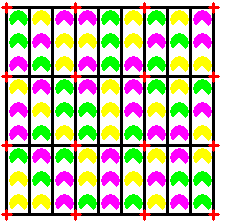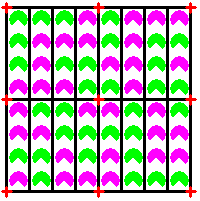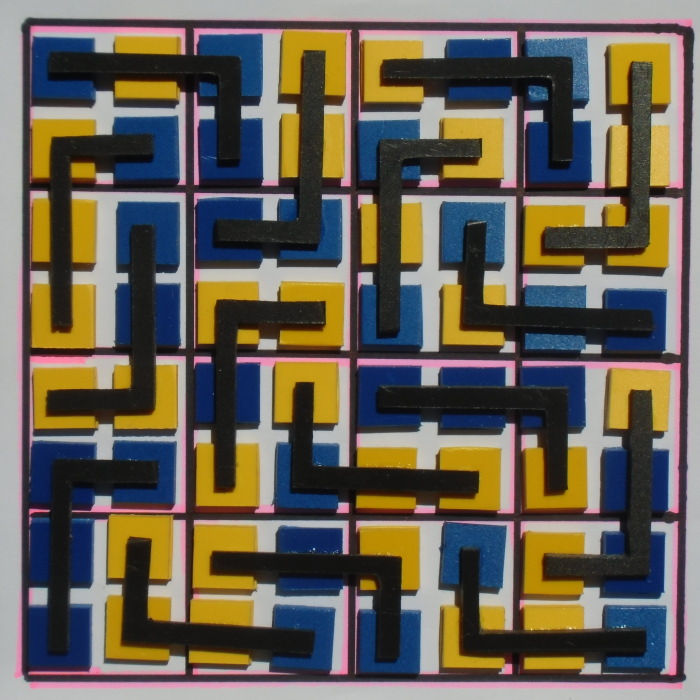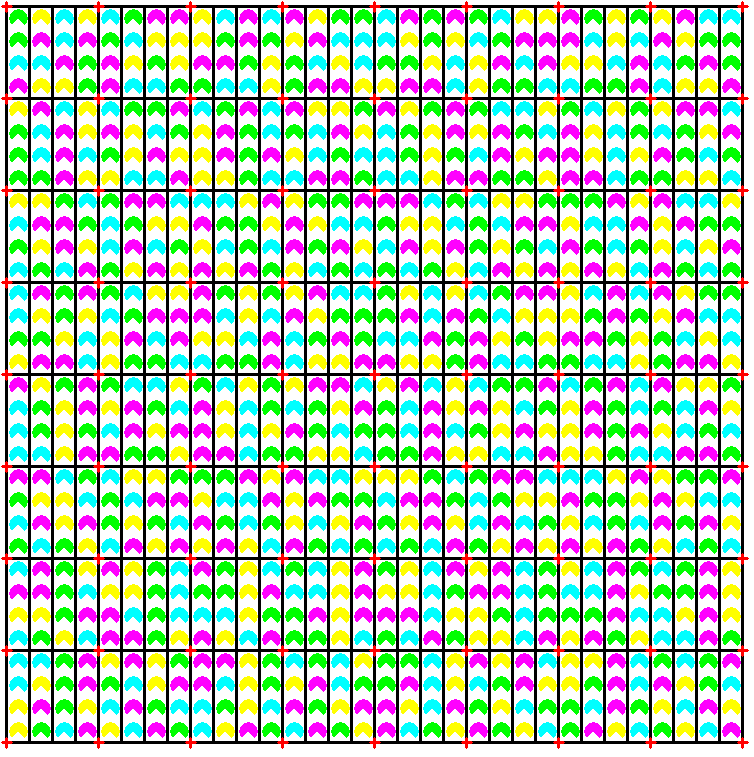


| Tetromino Type | Colors | Pieces | Square Size | Same Colored Squares in Each Row | Same Colored Squares in Each Row | Subsquare Size | Same Colored Squares in Each Subsquare |
|---|---|---|---|---|---|---|---|
| O-tetromino with Fixed Orientation | 2 | 16 | 8x8 | 4 | 4 | 4x4 | 8 |
| I-tetromino with Fixed Orientation | 2 | 16 | 8x8 | 4 | 4 | 4x4 | 8 |
| T-tetromino | 2 | 16 | 8x8 | 4 | 4 | 4x4 | 8 |
| L-tetromino | 2 | 16 | 8x8 | 4 | 4 | 2x2 | 2 |
| O-tetromino with Fixed Orientation | 4 | 256 | 32x32 | 8 | 8 | 4x4 | 4 |
| I-tetromino with Fixed Orientation | 4 | 256 | 32x32 | 8 | 8 | 4x4 | 4 |
| T-tetromino | 4 | 256 | 32x32 | 8 | 8 | 4x4 | 4 |
| L-tetromino | 4 | 256 | 32x32 | 8 | 8 | 4x4 | 4 |







